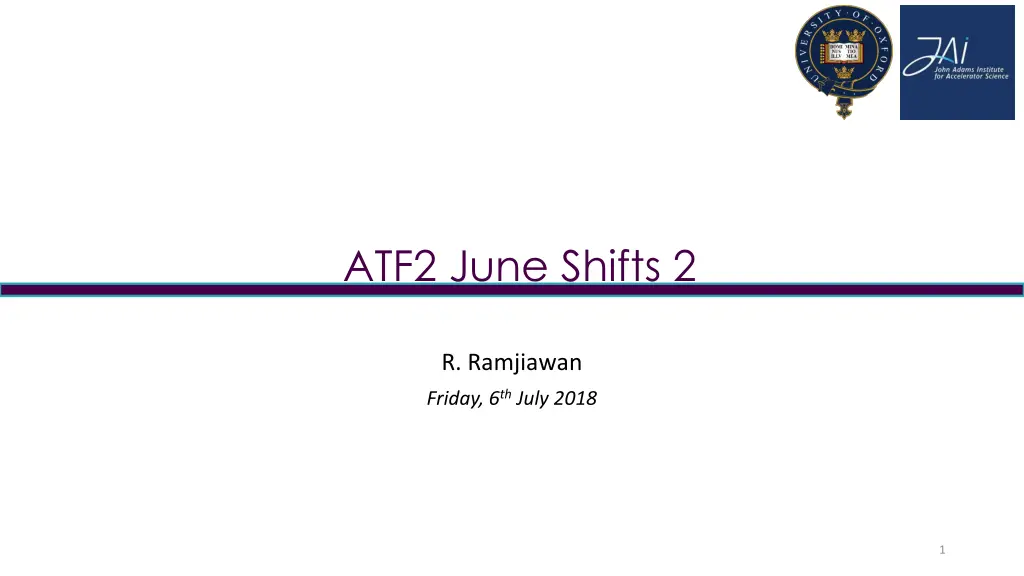
Advanced Techniques for Resolution Improvement in Imaging Analysis
Explore how fitting limiter phase and calibration constants impact resolution in imaging analysis. See practical examples and techniques for enhancing resolution and reducing errors in position and angle measurements.
Download Presentation

Please find below an Image/Link to download the presentation.
The content on the website is provided AS IS for your information and personal use only. It may not be sold, licensed, or shared on other websites without obtaining consent from the author. If you encounter any issues during the download, it is possible that the publisher has removed the file from their server.
You are allowed to download the files provided on this website for personal or commercial use, subject to the condition that they are used lawfully. All files are the property of their respective owners.
The content on the website is provided AS IS for your information and personal use only. It may not be sold, licensed, or shared on other websites without obtaining consent from the author.
E N D
Presentation Transcript
ATF2 June Shifts 2 R. Ramjiawan Friday, 6th July 2018 1
Limiter Phase as a Function of Sample Number Limiter phase jitter as a function of sample number and of number of samples integrated (starting at the first sample we would use in an integration window sample 59). For best resolution samples 59:64 used shown in dashed orange lines.
Resolution as a function of position and angle Fitted resolution (nm) as a function of position (x axis) and angle (y axis), fitting to position, angle and charge in x and y as well as limiter phase. Geometric resolution (nm) as a function of position (x axis) and angle (y axis) 32 90 30 80 28 70 26 60 50 24 40 22 30 20
Resolution vs. Q/q It is possible to reduce the impact to the resolution by fitting to Q /q but not possible to fully eliminate the effect. Fitting to I /q offers some improvement as the fitted calibration constant is different for the extreme Q /q settings. Geometric resolution IPA Fit to position IPB Fit to position IPC Fit to position Geometric resolution IPA Fit to position and angle IPB Fit to position and angle IPC Fit to position and angle
Fitted calibration constant during scan Comparing calibration constants with the calibration constants obtained by fitting to the bunch position. IPA and IPC fitted calibration constants from fitting for IPB. Black and orange lines show calibration constants determined by usual calibration and the grey bands are the errors from this fit.
Improvement to resolution from fitting limiter phase Fitting to position compared with fitting to position and limiter phase. Res1=fitting to position. Res2=fitting to position and limiter phase. As expected from: ? =? ? ???? ?+? Covariance of the two vectors of residuals Error on the resolution
Scan of positions and tilts Min pos Nom pos Max pos Min tilt Nom tilt Max tilt
Scan of positions and tilts Position and tilt scan Min pos, min tilt Min pos, max tilt Max pos, min tilt Max pos, max tilt
Bowtie shape as a function of number of samples integrated Plotted: I/q and Q/q divided by number of samples integrated. 1 sample 2 samples 3 samples 4 samples 5 samples 6 samples
